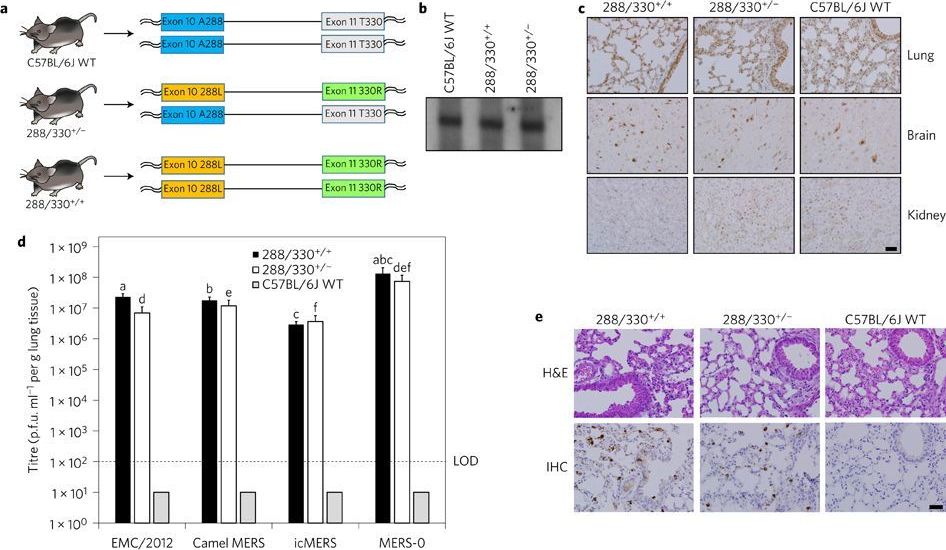Short videographic on the SpaceX project. An in-flight abort test of SpaceX Crew Dragon takes place on Saturday.



The Supreme Court of the U.S. finds John Rockefeller and his Trust guilty of corruption, illegal business practices and racketeering. As a result of this decision, the entire Rockefeller Standard Oil-Trust, the world’s largest corporation of its time, was sentenced to be dismantled. But Rockefeller was already above the Supreme Court and did not care about this decision.
In order to disperse public and political pressure on him and other robber-barons, Rockefeller uses a trick called “philanthropy”, whereby the illegal gains from his robber-practices in the oil business are used to launch the Rockefeller Foundation. This tax haven was used to strategically take over the health care sector in the U.S…
The Rockefeller Foundation was the front organization for a new global business venture of Rockefeller and his accomplices. This new venture was called the pharmaceutical investment business. Donations from the Rockefeller Foundation went only to medical schools and hospitals. These institutions had become missionaries of a new breed of companies: the manufacturers of patented, synthetic drugs.


A, C57BL/6J mice were genetically engineered using CRISPR–Cas9 genomic editing to encode 288L and 330R in mDPP4 on one chromosome (heterozygous, 288/330+/−) or on both chromosomes (homozygous, 288/330+/+). b, Northern blot of mDPP4 mRNA expression. c, Immunohistochemistry (IHC) of mDPP4 protein in the lungs, brain and kidneys of individual C57BL/6J wild-type (WT), 288/330+/− and 288/330+/+ mice. d, Viral titres for MERS-CoV at 3 days post-infection from C57BL/6J WT, 288/330+/− and 288/330+/+ (all n = 4) mice infected with 5 × 105 plaque-forming units (p.f.u.) of the indicated viruses. Bar graphs show means + s.d.

The current threat of avian influenza to the human population, the potential for the reemergence of severe acute respiratory syndrome (SARS)-associated coronavirus, and the identification of multiple novel respiratory viruses underline the necessity for the development of therapeutic and preventive strategies to combat viral infection. Vaccine development is a key component in the prevention of widespread viral infection and in the reduction of morbidity and mortality associated with many viral infections. In this part, coronavirus vaccine, especially SARS-CoV vaccines are mainly discussed.
Coronavirus vaccines can be inactivated coronavirus, live attenuated coronavirus, or S protein-based. Besides, there are still vectored vaccines, DNA vaccines, and combination vaccines against coronaviruses. Vaccines targeting several animal CoVs have been developed, and some have been demonstrated to be efficacious in preventing viral infection. However, a phenomenon of enhanced disease following vaccination has been observed in cats upon infection with feline infectious peritonitis virus following previous infection, vaccination, or passive transfer of antibody. The phenomenon is not fully understood but is believed to be a result of enhanced uptake and spread of the virus through binding of virus-antibody immune complexes to Fc receptors on the surfaces of macrophages; low-titer (subneutralizing) antibodies directed against the S protein are mainly responsible. Although antibody enhancement appears to be limited to feline infectious peritonitis virus among CoVs, similar concerns have been raised with regard to SARS-CoV. Previously infected mice and hamsters are protected from subsequent infection with SARS-CoV in the absence of enhanced disease, and vaccine studies and passive immunoprophylaxis performed with mice and hamsters suggest that previous exposure and the presence of NAbs provide protection.

I experienced these creatures in my town they did not corporealize but as a psychic I can feel them and when you see irregular fog that moves like a wall or with fingers be careful as like I believe these creatures exist.
The creatures of the Mist are the inhabitants of an alternate reality. After a severe rainstorm from the night before, a thick, foggy, unusual mist crept into our world, bringing the creatures with it when a top secret government experiment involving many scientists called the “Arrowhead Project”, intended to peer into other dimensions, went terribly wrong. This allowed the creatures to cross over the spilled portal and into the human realm. The phenomenon first manifested in Bridgton, Maine, and spread across an unknown amount of the U.S., or possibly the entire planet. Due to the thickness of the mist making sight almost useless to them, all the creatures in the mist hunt on the basis of scent. In the novella by Stephen King, it is hinted that the mist plagued the entire world and thus the creatures nearly eliminated humanity; while in the film version, the creatures were only seen in a certain area of America and were exterminated by the military two or three days after the Arrowhead Project went wrong.


“For me, the key to longevity – and immortality, in a sense – has to do with transformation.”–Marilyn Manson.
A molecule produced by the brain that activates the same receptors as marijuana is protective against stress by reducing anxiety-causing connections between two brain regions, Vanderbilt University Medical Center researchers report.
This finding, published today in Neuron, could help explain why some people use marijuana when they’re anxious or under stress. It could also mean that pharmacologic treatments that increase levels of this molecule, known as “2-AG,” in the brain could regulate anxiety and depressive symptoms in people with stress-related anxiety disorders, potentially avoiding a reliance on medical marijuana or similar treatments.
When mice are exposed to acute stress, a break in an anxiety-producing connection between the amygdala and the frontal cortex caused by 2-AG temporarily disappears, causing the emergence of anxiety-related behaviors.